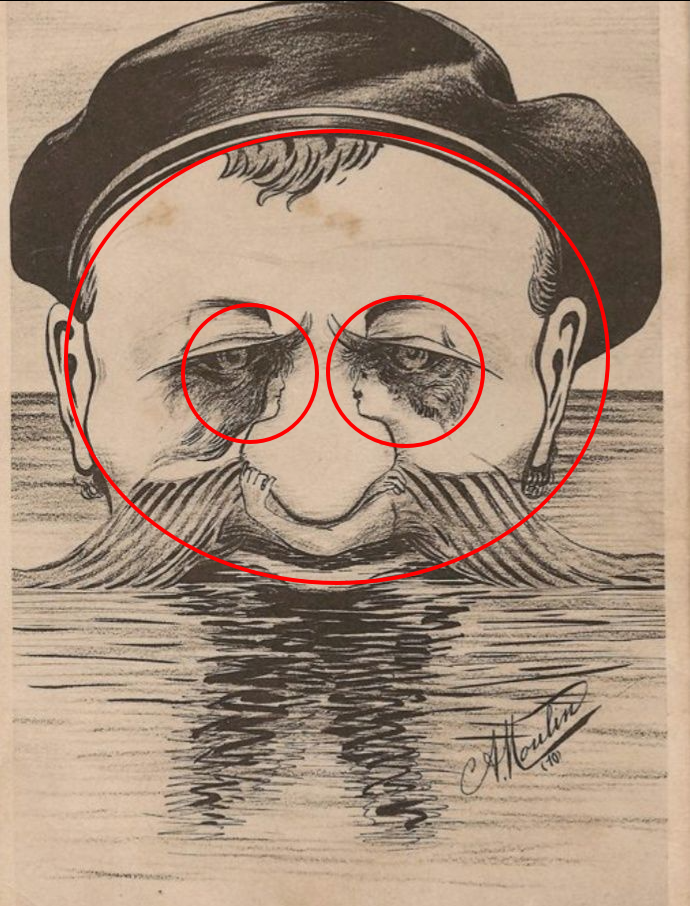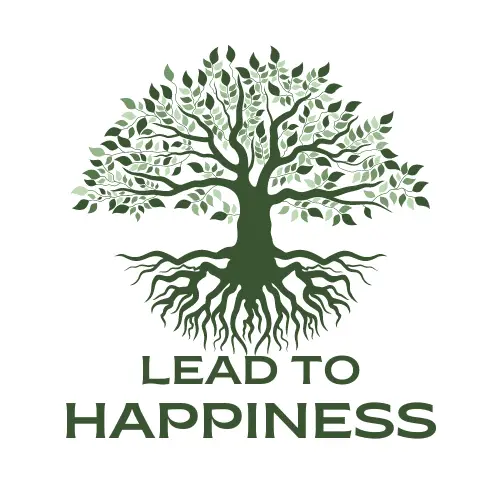Find how many faces in this picture?
Unlocking the Art of Double Vision
Optical illusions have fascinated art lovers and puzzle enthusiasts for centuries. The striking 1970 pen-and-ink portrait above does more than depict an elderly sailor gazing across calm waters—it cleverly nests two smaller profiles within his heavy-lidded eyes and mustache waves. This type of “double portrait” challenges our perception: do we see a single bearded face, or two youthful figures conversing? In this deep dive, we’ll explore how the artist achieves this seamless trickery, decode the hidden images, and uncover why illusions like these captivate us so profoundly.

Anatomy of the Illusion: How Two Images Merge
At first glance, your eye rests on the large, solemn features of the mariner: his beret, drooping eyelids, and full, wave-like mustache. But a second look reveals:
Youthful Profiles in the Eyes: Each dark shadow under the sailor’s brows transforms into the silhouette of a young woman’s face in profile—her nose aligned with the tear tracks, her chin tracing the eye’s lower contour.
Bearded Reflections in the Water: The sailor’s mustache, drawn with rhythmic, horizontal strokes, mirrors in the rippling water. Within these strokes hide two more profiles—this time, thriving male figures whose beards and hairlines blend into the wavelets.
Unified Composition: Notice how every line serves dual purposes: a mustache filament is also a hair strand for the smaller face, and the wrinkles around the eyes double as shadow for the hidden profile.
This fluid reassigning of lines forces your brain to flip between two equally plausible interpretations.
.
.
.
.
.
Answer:



